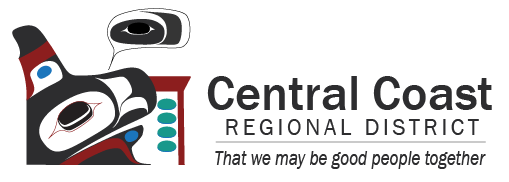The British Columbia government has signed a memorandum of understanding with the Central Coast Regional District (CCRD) and the Nuxalk Nation to better co-ordinate efforts to prepare for, mitigate, respond to and recover from emergencies in the Bella Coola valley.
The Central Coast Regional Partnership Memorandum of Understanding was signed to lead and co-ordinate emergency management planning by:
- addressing any emergency preparedness, response, recovery or mitigation gaps that have impacts beyond a single jurisdiction;
- providing oversight on high-level emergency management issues; and
- acting as a vehicle to bring other relevant stakeholders, provincial ministries, federal departments and Indigenous communities together to collaborate on emergency management initiatives.
“This partnership will be the vehicle we need to bring all partners to the table to discuss emergency management in the region,” said Jennifer Rice, Parliamentary Secretary for Emergency Preparedness. “When it comes to emergency preparation, mitigation, response and recovery, more remote areas have unique challenges. By sitting down and working together, we can help make the Bella Coola valley safer by creating emergency plans that help meet specific needs.”
Over last two years, subsequent wildfires and flooding have amplified a need to further foster collaboration between all levels of government, First Nations communities and stakeholders by establishing a formal partnership to oversee regional emergency management gaps and projects, as articulated in the Abbott Chapman report.
Samuel Schooner, CCRD chair, is optimistic that the new partnership will lead to more disaster-resilient communities.
“We know that the Nuxalk Nation have survived and thrived in their Ancestral Territories for thousands of years,” Schooner said. “Having Nuxalkmc´s voice central in our emergency management structure just makes sense and is long overdue in our program. This regional partnership will serve as a model for other areas for the Province to establish similar partnerships. The model is flexible to include other First Nations communities, other levels of government and regional stakeholders.”
“It has become crystal clear that the effects of climate change must be taken seriously,” said Chief Wally Webber of the Nuxalk Nation. “The Nuxalk Nation has formally decided to enter this partnership because every life matters. We look forward to proactively moving forward in preparing for any potential emergencies in collaboration with Emergency Management BC and the CCRD.”
The partnership will hold its inaugural steering committee meeting shortly after the ceremonial signing taking place at a Nuxalk Nation-hosted dinner honouring the traditions of feasting and bringing governance matters to the whole community. A critical top priority of the new steering committee will be to jointly determine strategic direction of emergency management for the entire Bella Coola valley and identify the key priorities on which to focus partnership efforts this year.
Learn More:
For more information about the Central Coast Regional District, visit: http://www.ccrd-bc.ca/
For more information about the Nuxalk Nation, visit: https://nuxalknation.ca/
For information on emergency preparedness, including how to prepare an emergency plan and what to include in an emergency kit, visit: http://www.gov.bc.ca/PreparedBC
